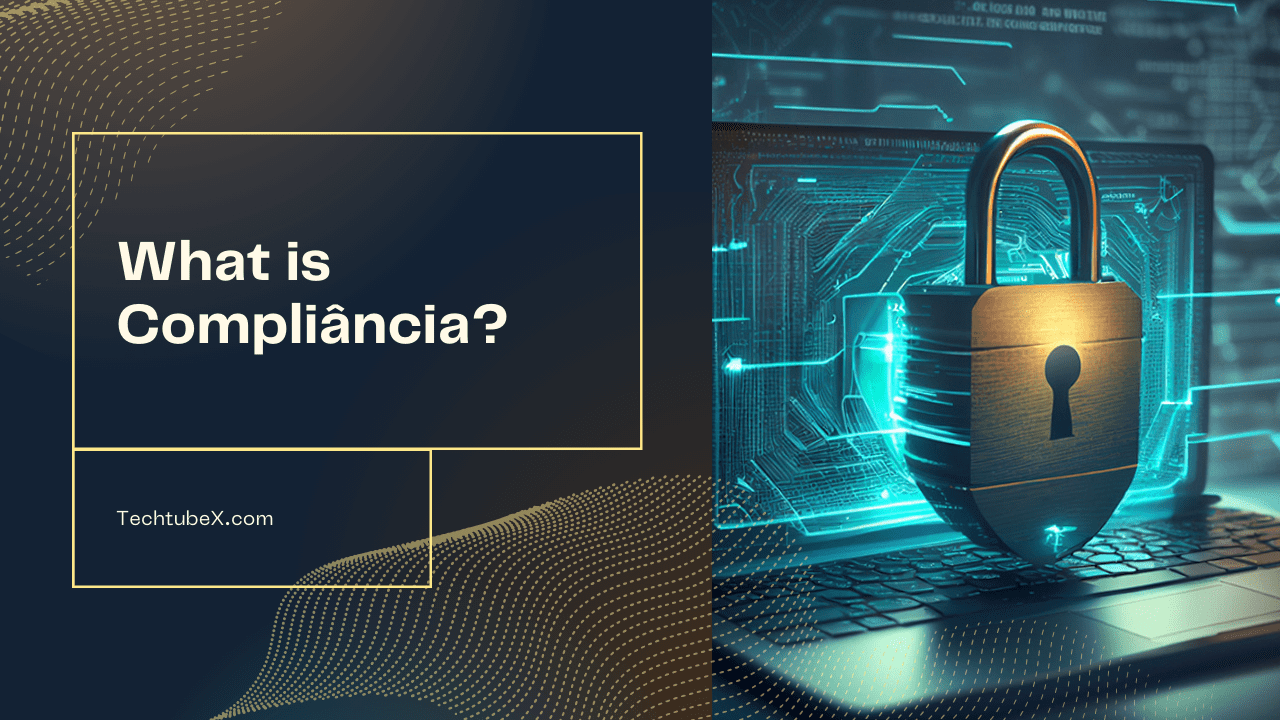Compliância: The Key to Ensuring Regulatory Compliance with Your WordPress Website

Introduction
In today’s digital landscape, regulatory compliance is of utmost importance for businesses operating online. Failure to comply with regulations can lead to severe consequences, including hefty fines, damage to reputation, and even legal action. This is where compliância, a term coined from the combination of “compliance” and “segurança” (the Portuguese word for security), comes into play. Compliância refers to the process of ensuring that your WordPress website adheres to relevant regulations and industry standards.
In this blog post, we will explore the concept of compliância and provide actionable insights on how you can ensure regulatory compliance with your WordPress website. We will cover various aspects, including data privacy, accessibility, and content compliance. So, let’s dive in!
Understanding Compliância
Compliância is all about taking proactive measures to ensure that your WordPress website meets the regulatory requirements and industry standards that apply to your business. It involves implementing policies, procedures, and technical measures to protect user data, ensure equal accessibility, and comply with content regulations.
Data Privacy Compliance
1. Implementing GDPR Guidelines
The General Data Protection Regulation (GDPR) is a set of regulations that aims to protect the personal data and privacy of EU citizens. If your WordPress website collects and stores the personal data of EU citizens, you must comply with GDPR guidelines. Here are some steps to ensure compliance:
- Obtain explicit consent from users before collecting their data.
- Provide users with clear information about how their data will be used and stored.
- Implement data protection measures such as encryption and access controls.
- Enable users to exercise their rights, including data access and erasure.
2. Securing User Data
In addition to GDPR compliance, it is crucial to secure user data from unauthorized access or breaches. Here are some measures you can take:
- Regularly update WordPress core, themes, and plugins to patch security vulnerabilities.
- Implement strong password policies and encourage users to choose complex passwords.
- Utilize SSL encryption to secure data transmission between users and your website.
- Regularly back up your website and store backups in a secure location.
Accessibility Compliance
Ensuring equal accessibility to your WordPress website is not only a legal requirement but also a way to provide a better user experience for all visitors. Here are some steps to achieve accessibility compliance:
1. Use Accessible Themes and Plugins
Choose WordPress themes and plugins that are designed with accessibility in mind. Look for themes with clean code, proper heading structure, and support for assistive technologies. Similarly, select plugins that are WCAG 2.0 compliant and provide accessibility features.
2. Optimize Website Structure and Design
- Use proper headings and hierarchical structure to make content easy to navigate for screen readers.
- Provide alternative text for images to describe their content to visually impaired users.
- Ensure color contrast meets accessibility standards to improve readability for users with visual impairments.
- Use descriptive link text that makes sense out of context, enabling users to understand the purpose of the link.
3. Test and Validate Accessibility
Regularly test your website for accessibility using tools like WAVE or aXe. These tools will identify accessibility issues and suggest improvements. Additionally, consider involving users with disabilities in user testing to get valuable feedback and insights.
Content Compliance
Content compliance refers to adhering to legal and ethical standards in the content you publish on your WordPress website. Here are some guidelines to follow:
1. Copyright Compliance
Ensure that the content you publish is original or properly attributed to the source. Respect copyrights and obtain permission when using copyrighted material. Consider using Creative Commons licenses to allow users to share and use your content while respecting your rights.
2. Adhering to Advertising Regulations
If you monetize your WordPress website through advertisements, ensure compliance with advertising regulations. Label sponsored content, use proper disclosures, and avoid deceptive practices. Familiarize yourself with regulations such as the Federal Trade Commission’s guidelines on native advertising.
3. Moderating User-Generated Content
If your WordPress website allows user-generated content, implement moderation policies to prevent the publication of illegal, harmful, or offensive content. Regularly review and remove content that violates your guidelines.
Benefits of Compliância
The benefits of Compliância are numerous. It reduces legal risks, enhances the brand’s image, and leads to better customer and investor trust. Furthermore, it promotes responsible business conduct.
Challenges in Implementing Compliância
While Compliância is crucial, implementing it can be challenging. Organizations face hurdles in terms of resources, complexities of legal regulations, and resistance to change.
Best Practices for Achieving Compliância
To achieve successful Compliância, companies should adopt best practices like creating a strong compliance culture, conducting regular audits, and providing continuous training to employees.
Role of Technology in Compliância
Technology plays a vital role in streamlining compliance processes. It helps in monitoring, reporting, and automating compliance tasks, making it easier for organizations to stay Compliância.
Case Studies of Successful Compliância Implementation
Real-world case studies illustrate how organizations have benefited from Compliância. These examples serve as inspiration and guidance for others looking to implement effective compliance strategies.
Future Trends in Compliância
The landscape of Compliância is constantly evolving. As regulations change and technology advances, businesses must stay updated and adapt to new trends to remain compliant.
Conclusion
Compliância is a crucial aspect of running a WordPress website in today’s highly regulated online environment. By following the actionable insights provided in this blog post, you can ensure that your website is compliant with data privacy regulations, accessible to all users, and adheres to content compliance standards. Remember, compliância is an ongoing process, so regularly review and update your compliance measures to stay ahead of regulatory changes. By prioritizing compliância, you can protect your business, build trust with your users, and avoid unnecessary legal and financial risks.



